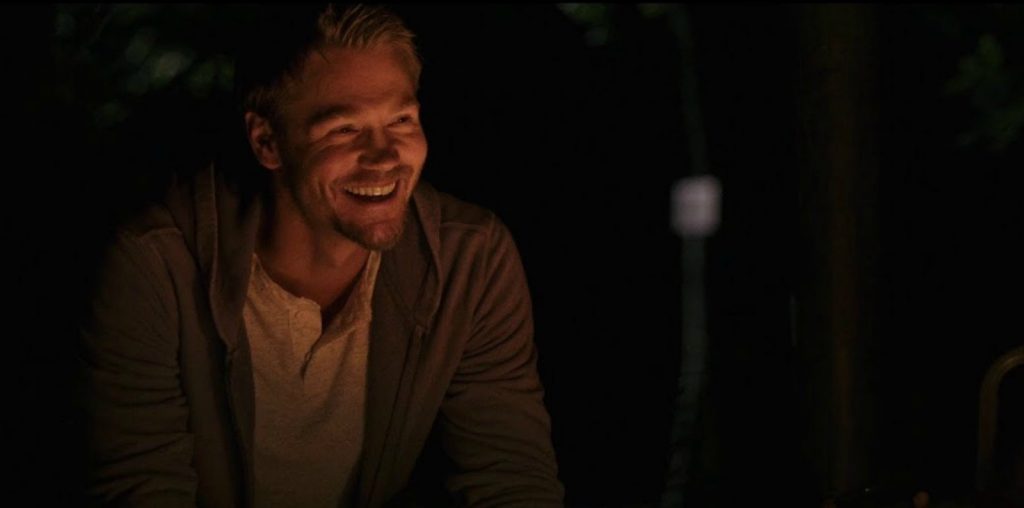
Arlit, a uranium-mining town, can easily be defined as being in the middle of nowhere. In this case, nowhere is the Sahara desert of Niger. And this is hardly an exaggeration – a 360-degree spin of the camera reveals a vast sandy emptiness that stretches for a seeming infinity.
Forty years ago, Arlit barely existed. In the 1970s, it became a boomtown when the uranium mines began to attract a new age of wealth to poverty-stricken Niger. Industrialists from America, Europe and Japan were a ubiquitous presence, and Africans from across the continent flocked to Arlit in search of high-paying mining jobs. In its heyday, Arlit was home to 25,000 miners and a thriving social environment that earned it the nickname “le deuxieme Paris” (the second Paris).
But the boom eventually went bust. The foreigners and their money disappeared, and the mines began employing far fewer workers. Those who remained began to fall ill from radiation poisoning brought about from direct contact with the uranium. Today, Arlit is a ghost of its former self. The mines exist, but employment opportunities are limited. The many restaurants and clubs that once captivated the nightlife are only a memory today. The main industry is smuggling Africans to Algeria, where they hope to leave for jobs in Europe. What had been the second Paris is now, according to one resident, “the second dump.”
The rise and fall of this Sahara outpost has been captured in the extraordinary documentary “Arlit: Deuxieme Paris” from the Benin-born filmmaker Idrissou Mora Kpai. While the story of Arlit is a tragedy on many levels, Mora Kpai’s film never raises its voice or aims for the stridency that ruins so many social issue documentaries. Instead, the film quietly allows the people of Arlit to tell their personal stories and, in turn, relate how Arlit’s false promises wrecked their lives. The eloquence of these stories is haunting, yet the lack of rancor displayed in the testimony of the people of Arlit is equally stunning.
Viewed today, it is impossible to imagine how Arlit could ever be compared to Paris. The film does not provide any historic footage of Arlit in its prime. Instead, it focuses on the present and shows a small world of dusty streets, crumbling houses, and people trapped in a sense of lethargy. The only commercial establishment that seems to be thriving is the auto repair garage – in a way, it has a great location since it is hundreds of miles from the next village. What appears to be Arlit’s sole bar is open, but the two barmaids (immigrant ladies from Togo) sit idly at their posts – the establishment is out of liquor and they are waiting for their employer to return with a new inventory.
Waiting is the main activity in Arlit, according to this film. A Cameroon native in transit to Algeria had his money taken by the local police. He is stuck waiting in Arlit, trying to find a way to get new funds to continue his journey. Men who came to Arlit three decades ago during its ascension sit in quiet comradeship, waiting for death. Their work with the uranium mines destroyed their health and their former employers would sooner allow them to die than provide them with proper health care. A former soldier who ekes out a living as a guide across the desert waits for the latest caravan of would-be European-bound emigrants to arrive. The aforementioned barmaids wait for the elusive day that they can earn enough money to return to their families in Togo.
“Arlit: Deuxieme Paris” also details the environmental catastrophe brought about by the mining operations. Contaminated scrap metal litters the town and the mining companies had previously encouraged the Arlit residents to recycle the toxic metals into everything from plumbing to cooking utensils. The open mines still operate, and it is not uncommon for a strong Sahara wind to blow across the mining pit through Arlit’s streets. Responsibility for the mess is not claimed – the only person of authority to appear on camera is a doctor on a mining company’s payroll, who insists that 99% of the cancer that kills the Arlit residents came from their incessant smoking (the ailing townspeople note that the mining company doctors usually blame their maladies on AIDS). If Arlit has a municipal government, its officials do not appear to be in town.
What makes “Arlit: Deuxieme Paris” so fascinating is the utter lack of fury. The people of Arlit seem almost resigned to their cruel fate, yet some hold out the rare hope of a resurrection of both their own fortunes and the town’s viability. The film’s wonderfully enigmatic closing shot finds a man looking out into the desert. Is he scanning the horizon for the new dawning that so many hope for, or is he confirming the emptiness and hopelessness that surrounds and continues to strangle Arlit? It is a troubling image and a perfect coda for a magnificent documentary.
“Arlit: Deuxieme Paris” is currently in non-theatrical release only. It is a shame this is not being seen in theaters, because it is a triumph of both African cinema and non-fiction filmmaking. It is also among the year’s finest films.
